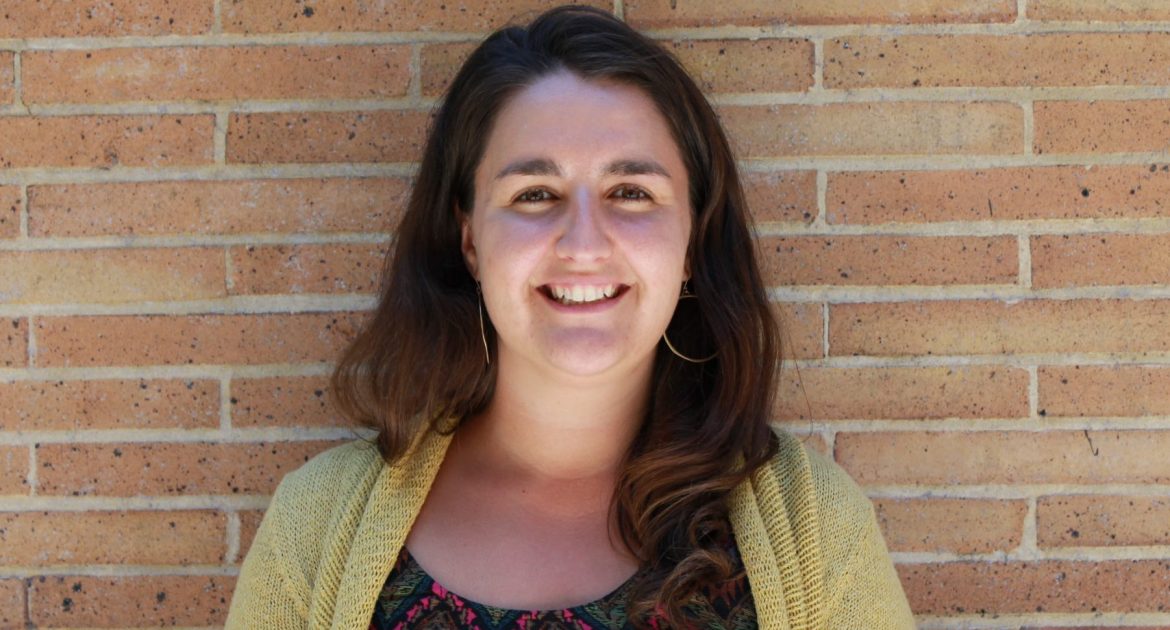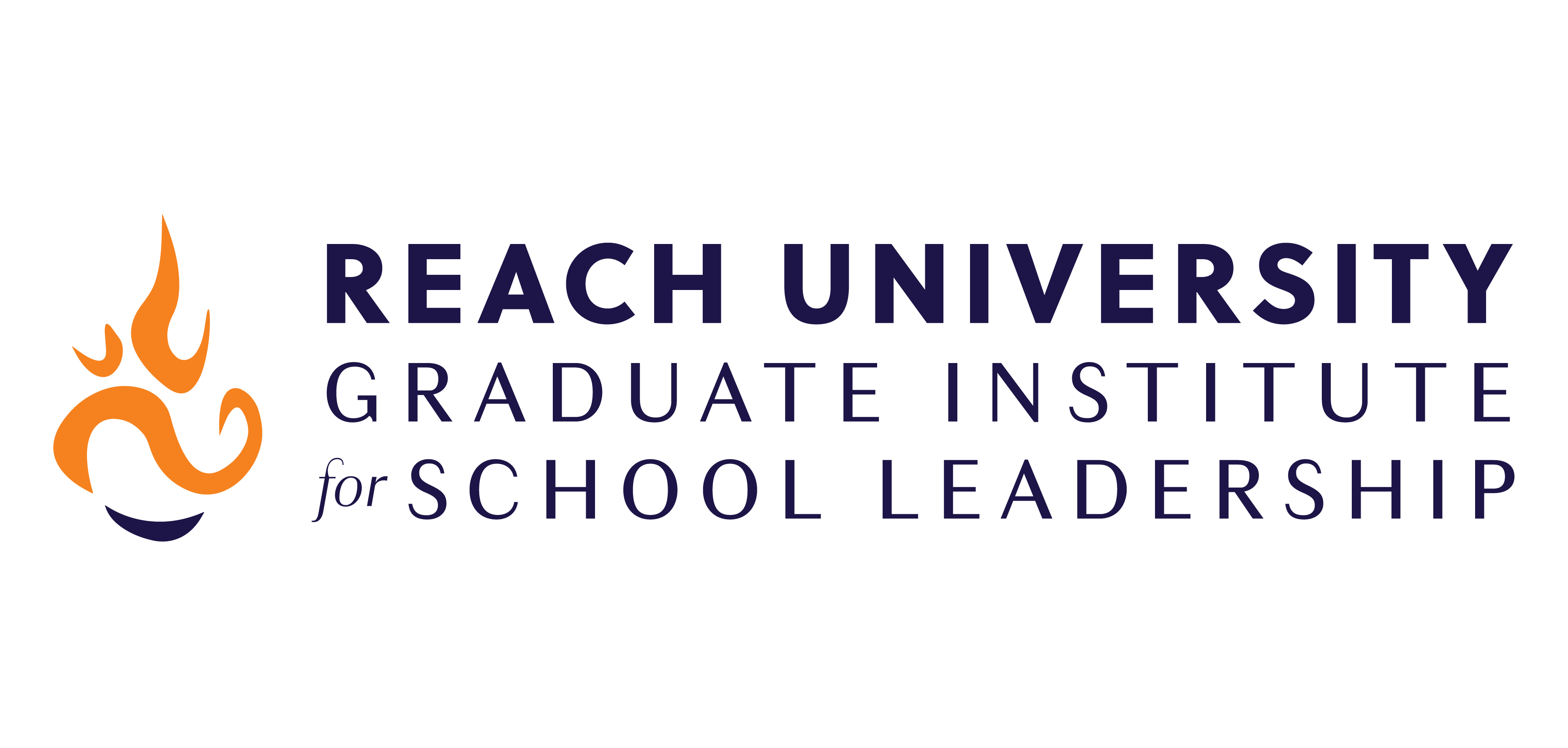Planning for Specialized Academic Instruction

The majority of students with special needs in California score below proficient levels on statewide assessments, and their special education teachers report feeling overwhelmed. In this study, the teachers were no different. The special education teachers studied serve a dual role as case manager and direct service provider for their caseloads of approximately 20 students with varied disabilities. Teachers reported spending over half of their weekly work hours delivering specialized academic instruction (SAI); however, professional development (PD) related to planning and providing SAI had been limited. This, coupled with the fact that teachers had little to no pre-service training and limited teaching experience, resulted in special education teachers lacking the knowledge and skills to plan effective instructional units based on students’ Individualized Education Program (IEP) goals.
There is a very limited body of research on planning for instruction in special education, or planning SAI. However, the author argues that backward design is an approach to instructional planning that makes sense for SAI. The focus of this action research was to train and coach special education teachers on backwards planning instructional units aligned to students’ IEP goals. Two of four participating teachers completed all components of the PD offered in this study. While neither teacher reported an increased self-rating of her ability to plan, other data suggests their ability to plan instruction aligned to IEP goals improved. Furthermore, both teachers reported planning significantly more of their caseloads’ SAI as a result of the intervention. The teachers who did not complete the PD, though, did not demonstrate improvement in their planning abilities or practice. In her analysis, the author reflects on pervasive obstacles that prevent a focus on instruction in special education, proposes next steps for the team of teachers studied and next steps more broadly within the field of special education, and suggests further research needed.

